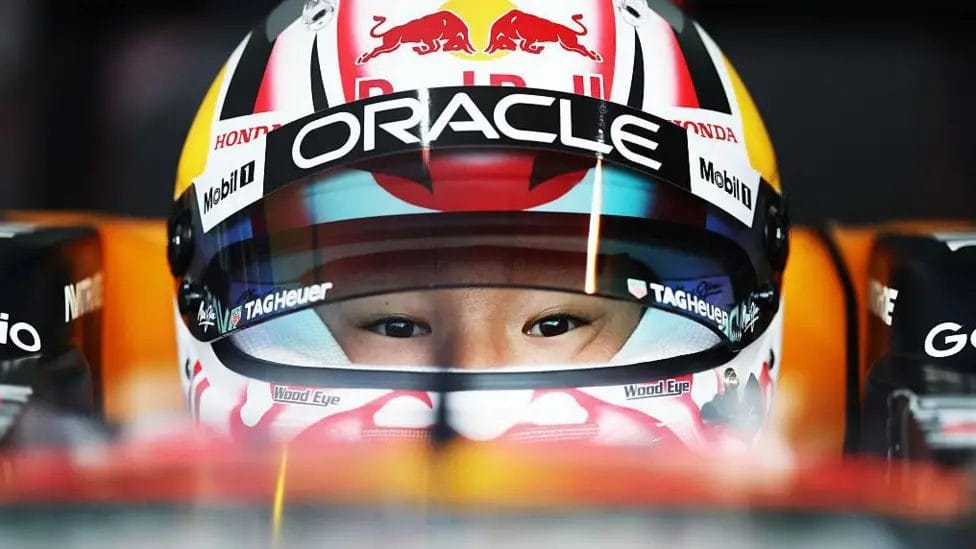
The proposed two-tier Test cricket system debate has stirred strong opinions within the cricketing world. As the International Cricket Council (ICC) explores the possibility of introducing a two-tier structure to the World Test Championship (WTC), opinions are divided over whether this change would help Test cricket survive or undermine its integrity. With reports suggesting that the new system could be implemented after the 2027 Future Tours Programme, key figures from both sides of the argument have made their voices heard. Some view the idea as essential for the survival of the longest format, while others argue that it is “greedy” and would harm the global nature of the game.
Understanding the Proposed Two-Tier Test Cricket System
The proposed two-tier Test cricket system would divide the current Test-playing nations into two separate groups. Tier 1 would include the top teams such as India, Australia, England, South Africa, Pakistan, Sri Lanka, and New Zealand, while Tier 2 would comprise the teams with fewer resources and less competitive consistency, including West Indies, Bangladesh, Afghanistan, Ireland, and Zimbabwe.
The structure would be introduced after the current WTC cycle concludes in 2027, and it aims to ensure that the top-performing teams in Test cricket face off against each other more frequently. This is intended to increase the quality and competitiveness of Test cricket while also attracting more attention to the format, which has struggled to maintain its relevance in an era dominated by shorter formats like T20 cricket.
The Benefits: Keeping the Best Teams Playing Together
Proponents of the two-tier Test cricket system debate argue that it is crucial for the survival of Test cricket. One of the leading advocates for the change is former India coach Ravi Shastri, who has emphasized the importance of ensuring that the best teams face each other regularly. According to Shastri, having the strongest teams play against each other would enhance the quality of the game and keep Test cricket at the pinnacle of the sport.
Shastri’s comments echo a sentiment shared by former England captain Michael Vaughan, who believes that a two-tier system would reduce mismatches and ensure more exciting contests. Vaughan has suggested that with a two-tier system in place, there would be more high-stakes series between the top teams, such as the Ashes, which would likely be held twice every three years.
The idea behind this argument is that Test cricket needs to be revitalized by showcasing the best teams in more competitive matchups. If the strongest teams face off more frequently, the format would become more compelling to both fans and broadcasters, ensuring its continued survival in the competitive sports ecosystem.
The Argument Against the Two-Tier System: Is It Greedy?
While the proponents of the two-tier system view it as necessary for the long-term survival of Test cricket, there are significant voices of opposition. Former England fast bowler Steven Finn has been one of the most vocal critics of the idea, calling it “greedy” and warning that it could “sully the game.” Finn argues that by monetizing the most cherished format of cricket, the ICC risks diminishing the purity of Test cricket. For Finn, the idea of dividing nations into tiers based on performance seems wrong, as it undermines the global nature of the game and could alienate fans of smaller cricketing nations.
“Monetising something that is so pure like Test cricket feels like it is sullying the game,” Finn told BBC Radio 5 Live. He also questioned whether the competitive nature of Test cricket would be better served by a system where teams of all levels have the opportunity to compete against one another regularly. In his view, the structure of cricket should allow smaller nations to have the chance to challenge the best teams, not be relegated to a lower tier with less meaningful fixtures.
The two-tier system also raises concerns about the future of countries such as West Indies and Zimbabwe, who have struggled in recent years. These nations, which were once dominant forces in Test cricket, would now find themselves in a lower tier, playing against each other with less opportunity to improve and rise through the ranks. This could further entrench disparities and reduce the excitement of Test cricket globally.
The Threat of Franchise Leagues and the Push for Change

The discussion surrounding the two-tier Test cricket system debate also highlights the increasing threat posed by the rise of franchise leagues. With players now offered multi-year contracts and lucrative deals to participate in T20 leagues around the world, the landscape of international cricket is rapidly changing. India, Australia, and England are all conscious of the growing power of these leagues, and they see the proposed two-tier system as a way to safeguard the future of Test cricket by ensuring that the top nations continue to focus on the longest format.
For instance, the England and Wales Cricket Board (ECB) has responded to the threat of franchise leagues by offering multi-year central contracts for the first time, seeking to retain their star players within the national team fold. Similarly, the boards of India, Australia, and England are exploring ways to keep the best players committed to Test cricket.
The two-tier system, in this context, can be seen as a measure to guarantee that the strongest teams—those with the resources to attract top players—continue to participate in Test cricket at the highest level. With franchise leagues offering significantly more money, Test cricket needs to ensure that it remains a competitive and appealing option for the world’s best players.
The Global Impact: Preserving the Integrity of Test Cricket

One of the primary concerns raised by critics of the two-tier system is the potential damage it could do to the global nature of Test cricket. Sir Clive Lloyd, former West Indies captain, has expressed his strong disapproval of the idea, stating that it would have a negative impact on teams who have worked tirelessly to attain Test-match status. According to Lloyd, relegating these teams to a lower tier would deprive them of the opportunity to improve and compete at the highest level, thus stunting the development of the game in smaller nations.
Lloyd argued that the best way to promote Test cricket is to ensure that all teams have the resources and support to improve, rather than segregating them into tiers. He also expressed concern over the financial implications of the two-tier system, suggesting that all teams should be provided with equal funding to enhance their infrastructure and player development.
Former England batter Ebony Rainford-Brent shares similar concerns, highlighting that while more high-profile matches between top-tier teams could be entertaining, it would sacrifice the global nature of Test cricket. “If we just see more and more of the big guns going against each other, what does it mean for the game?” she asked. “We want a global game, not just a select few teams playing among themselves.”
A Compromise? Promotion and Relegation
One way to address the concerns of both sides in the two-tier Test cricket system debate could be to introduce a promotion and relegation system, similar to the one used in various football leagues around the world. This would allow teams from the lower tier to have the opportunity to move up to the top tier based on their performance, while also ensuring that the highest-performing teams stay in the top tier.
Andrew White, selector for Ireland, has voiced support for the two-tier system, arguing that it would give smaller nations a chance to improve and provide their players with the opportunity to play in meaningful contests. “It would give the guys something to get their teeth into,” White said, acknowledging the large gulf between the Test-playing nations and the need for a structured pathway for growth.
Is the Two-Tier System the Future of Test Cricket?

The two-tier Test cricket system debate is likely to continue for some time, with passionate arguments from both sides. While proponents argue that it is essential for the survival and growth of Test cricket, critics fear that it will undermine the global inclusivity and purity of the game. Ultimately, the ICC’s decision will have profound implications on the future of Test cricket, and whether this change helps or harms the game will depend on how it is implemented and whether it can strike a balance between competition and inclusivity.








